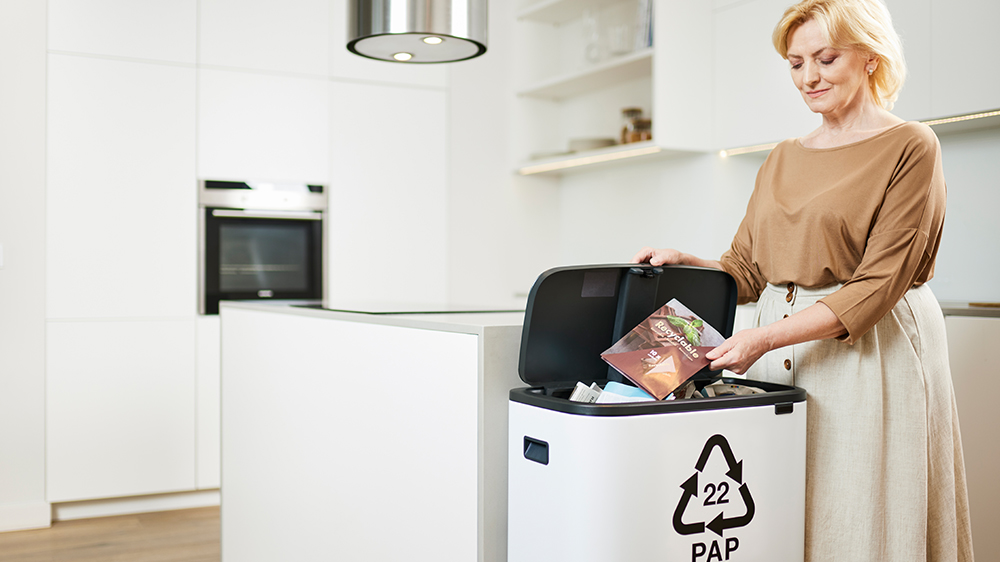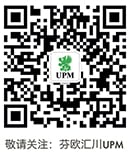Initiatives and legislation to increase recycling and the recyclability of packaging materials are part of the megatrend driving the need to tackle the global waste problem. One critical policy tool in holding manufacturers accountable for their products and packaging is the Extended Producer Responsibility (EPR) scheme.
EPR makes liable companies responsible of the environmental impacts of their packaging and products from design to end of life. The eco-modulation of EPR fees incentivise a move to easier-to-recycle materials, thereby supporting the industry-wide effort to tackle the growing amount of waste through resource efficiency.
Let’s take a closer look at EPR and global recycling legislation with a focus on packaging.

Regional, not global, recycling harmonisation
“Since the first packaging waste directive was implemented in Europe in 1994 (94/62/EC), EPR has grown significantly, with legislation expanding, its scope changing and more countries becoming involved. You can now find it across Africa, Asia, North and South America, as well as in Australia, but there are individual nuances in each region, country and even in each state or province,” explains Michelle Carvell, who is COO at Lorax EPI, a UK-based firm that specialises in helping companies understand EPR reporting and its data requirements.
According to Carvell, “Most countries use a weight-based calculation to determine how many tonnes of paper or plastic a producer has placed into the market, but the exact criteria for each market can differ and can drill down to a very granular level, which can be frustrating for businesses. For example, you must look at the size of a label in France, but in Germany, it’s how much of the packaging a label covers.”
While an international compliance organisation working to harmonise recycling standards is unlikely, Carvell points to South America where several countries are moving to bring federal oversight to their EPR systems: “This is just going to continue to evolve around the world and there’ll be a tipping point. It’s never going to be global, but it will be regional.”
In Europe, the Producer Responsibility Organisations (PROs) fund and manage the recycling of the market under an EPR system, as well as collect any fees from producers. Recycling and collection systems can vary on a country, state or municipal level, but regardless of how the system works in practice, the cost is passed on to the producers through PROs. “It’s up to producers to join a PRO, which will then have the legal responsibility of compliance on behalf of that company in the market,” explains Carvell, who has worked with EPR for almost 20 years.

Michelle Carvell, COO at Lorax EPI and Susanna Hyrkäs, Sustainability Manager at UPM Specialty Papers.
How to minimise EPR fees for packaging?
Eco-modulation, which is the EPR buzzword of the moment, means that materials with complex non-separable components have the highest requirements for recycling and the highest fees. “For instance, brand owners are incentivised to choose materials that are easy to recycle and therefore have lower recycling fees, such as paper and board,” begins Susanna Hyrkäs, Sustainability Manager, UPM Specialty Papers.
Globally, paper is one of the most recycled materials and one of the easiest to recycle due to the extensive infrastructure available for collecting and processing, making the EPR fees for paper lower than those for many other materials. “Starting from July 2022 in Italy, the EPR fee for flexible packaging with a paper component greater than or equal to 80 percent is 5€/tonne, while it can be even 560€/tonne for flexible plastic packaging depending on the type of structure or materials utilised for the packaging,” she adds, noting that, for example, Sweden, France and Belgium also have lower EPR fees for paper products.
UPM Specialty Papers follows packaging regulation trends and its interest is in the requirements for different types of packaging in terms of recycling. In the EU, each country has developed its recycling system to respond to its own needs. Depending on the infrastructure and the material second life options available, the recyclability of same material might vary across countries. “Our priority is to help brand owners develop packages that deliver on performance but are also sustainable and avoid unnecessary costs in the value chain downstream,” notes Hyrkäs.
Fuelling systemic change
The EU, which is at the forefront of recycling and waste management, is hoping to soon bring harmonisation across the bloc with a review of its Packaging and Packaging Waste Directive, expected to be issued in November 2022.
Hyrkäs says that there are differences across the EU in the maturity of recycling legislation and the eco-modulation of recycling fees, which is why from the material producer’s point of view it is important to take steps to harmonise the requirements of different recycling streams.
EPR schemes have the potential to fuel systemic change toward a circular economy. At its best, it can bring both environmental benefits in supporting circular economy, as well as cost-effectiveness for the whole product value chain. UPM Specialty Papers supports all customers to minimise their EPR-related material costs.
Read more about extended producer responsibility and UPM’s role here and on UPM expectations for Packaging and Packaging Waste Directive review here.
